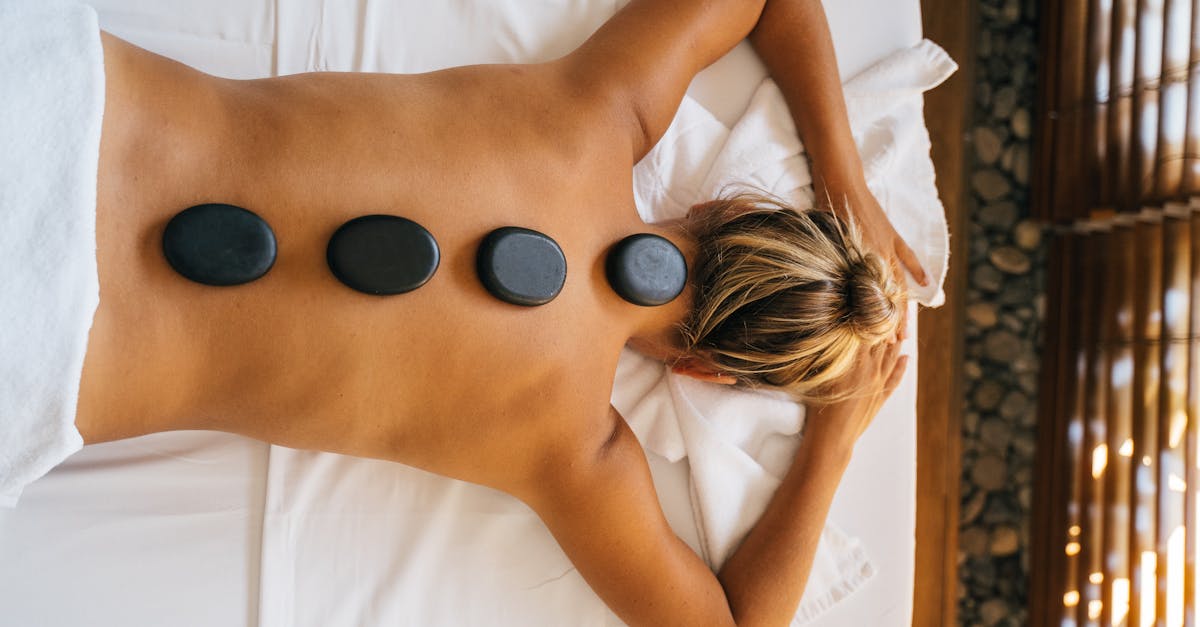
My Top 10 Mindfulness Techniques for Stress Relief: A Comprehensive Guide
Feeling overwhelmed? You’re not alone. In today’s fast-paced world, stress is a common companion. But what if you could manage that stress with simple, effective techniques? Mindfulness offers a powerful way to cope, and in this guide, I’ll share my top 10 mindfulness techniques for stress relief. According to the American Psychological Association, mindfulness practices can significantly reduce stress, improve focus, and enhance overall well-being. Let’s dive in!
What is Mindfulness?
Mindfulness is the practice of paying attention to the present moment without judgment. It’s about being aware of your thoughts, feelings, and sensations as they arise, without getting carried away by them. Think of it as observing your mind rather than being controlled by it.
My Top 10 Mindfulness Techniques
1. Mindful Breathing
How to do it: Sit comfortably, close your eyes, and focus on your breath. Notice the sensation of the air entering and leaving your body. When your mind wanders, gently redirect your attention back to your breath.
2. Body Scan Meditation
How to do it: Lie down and bring your attention to different parts of your body, starting with your toes and moving up to your head. Notice any sensations, such as tension, warmth, or tingling. Acknowledge them without judgment.
3. Walking Meditation
How to do it: Find a quiet place to walk. Pay attention to the sensation of your feet making contact with the ground. Notice the movement of your body as you walk.
4. Mindful Eating
How to do it: Eat slowly and deliberately, paying attention to the taste, texture, and smell of your food. Avoid distractions like your phone or TV. Savor each bite.
5. Loving-Kindness Meditation
How to do it: Sit comfortably and repeat phrases of loving-kindness towards yourself and others, such as “May I be happy, may I be healthy, may I be safe, may I be at ease.”
6. Gratitude Journaling
How to do it: Each day, write down a few things you’re grateful for. This can help shift your focus from what’s wrong to what’s right in your life. According to a study published in the Journal of Personality and Social Psychology, people who regularly practice gratitude report higher levels of happiness.
7. Mindful Listening
How to do it: When someone is speaking, give them your full attention. Avoid interrupting or planning your response. Simply listen with an open mind.
8. Visualization
How to do it: Close your eyes and imagine a peaceful scene, such as a beach or a forest. Engage all your senses–what do you see, hear, smell, and feel?
9. Progressive Muscle Relaxation
How to do it: Tense and release different muscle groups in your body, starting with your toes and moving up to your head. This can help release physical tension and promote relaxation.
10. Observe Your Thoughts
How to do it: Step back and observe your thoughts as they arise, without getting carried away by them. Imagine they’re clouds passing in the sky. This can help you detach from negative thought patterns.
Benefits of Mindfulness
- Reduces stress and anxiety
- Improves focus and concentration
- Enhances emotional regulation
- Promotes better sleep
- Increases self-awareness
Getting Started with Mindfulness
Start small! You don’t need to meditate for hours to experience the benefits of mindfulness. Even a few minutes a day can make a difference. Find a quiet place where you can relax without being disturbed. There are several apps such Headspace , Calm , and Portal that can can help you with guided meditations.
For further reading on the science of mindfulness, check out this article on Harvard website.
Key Takeaways
- Mindfulness is a powerful tool for stress relief.
- Simple techniques like mindful breathing and body scans can be practiced anywhere.
- Regular mindfulness practice can lead to significant improvements in well-being.
Conclusion
Mindfulness is a journey, not a destination. Be patient with yourself, and celebrate your progress along the way. By incorporating these techniques into your daily life, you can cultivate a greater sense of peace and well-being.
FAQ
Q: How often should I practice mindfulness?
A: Aim for at least a few minutes each day. Consistency is key.
Q: What if I can’t stop my mind from wandering?
A: It’s normal for your mind to wander. Gently redirect your attention back to your breath or whatever you’re focusing on.
Q: Can mindfulness help with anxiety?
A: Yes, mindfulness has been shown to be effective in reducing anxiety symptoms.
Follow us on social media: https://www.instagram.com/sarah_momblog
Read more: 20 Profitable Small Business Ideas for Entrepreneurs
